Humans news stories
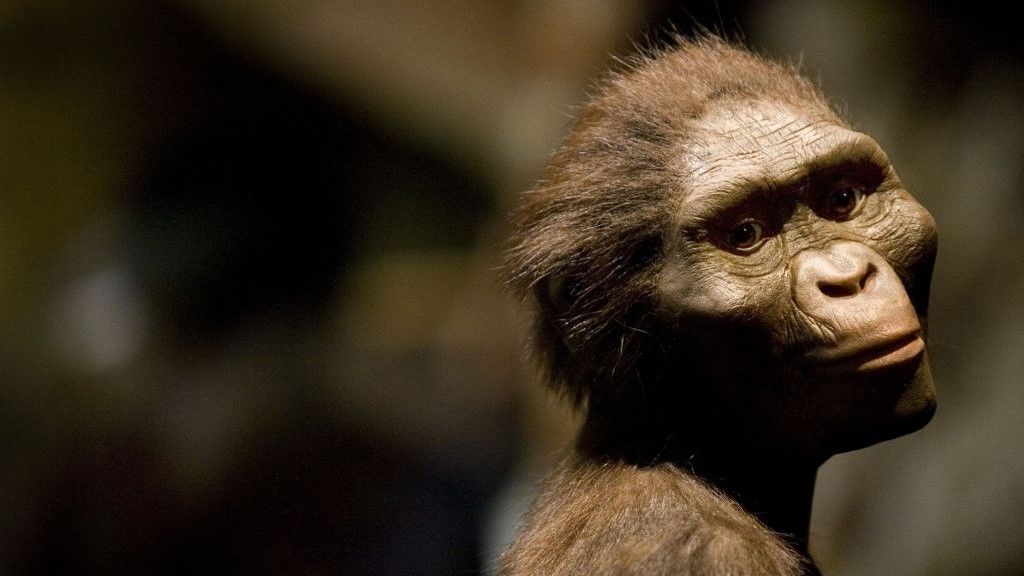
Our 3.2 million-year-old ancestor “Lucy” could stand and walk upright just like modern humans do, new 3D muscle modeling reveals. The study was published Wednesday (June 14) in the journal Royal Society Open Science.
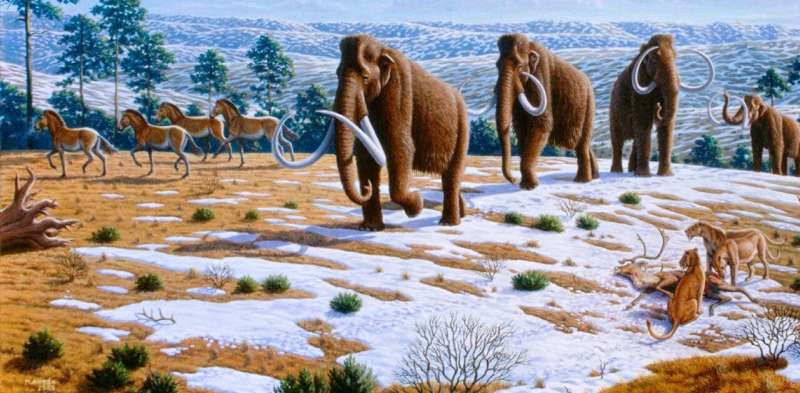
Just how implicated should humans be in the extinction of these ice-age animals? In a new study, forensic techniques more commonly used to identify blood on objects at crime scenes are used to investigate this question. Our study is published in the journal Scientific Reports.
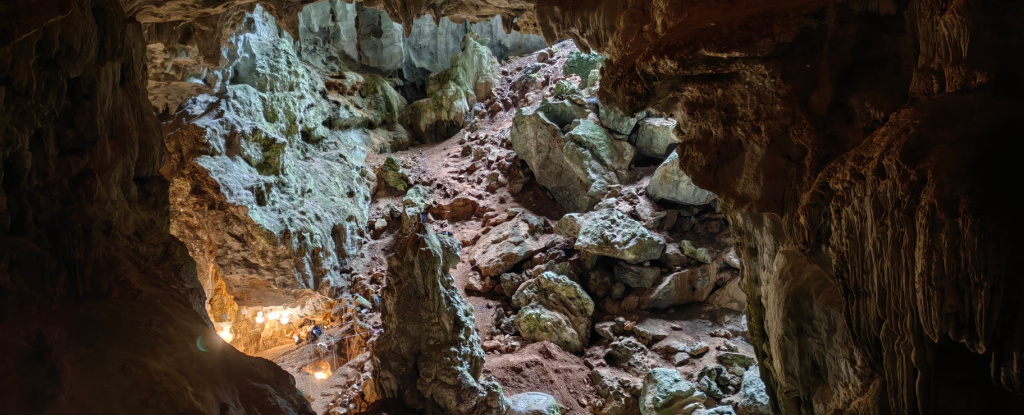
In the bowels of a Laotian cave, illuminated by faint sunlight and bright lamps, scientists have unearthed the earliest known evidence of our human ancestors making their way through mainland Southeast Asia en route to Australia some 86,000 years ago…it could push back timelines of early human migration in an area by more than ten thousand years. See the study here.

An international team of researchers who discovered a vast network of stone walls along the River Nile in Egypt and Sudan say these massive “river groins” reveal an exceptionally long-lived form of hydraulic engineering in the Nile Valley, and shed light on connections between ancient Nubia and Egypt. See research here.

Blocking the subjective psychedelic effects of psilocybin does not appear to interfere with the substance’s ability to potentially help with obsessive behaviors, according to new research published in Translational Psychiatry.

A Dutch museum says its archaeologists have been banned from carrying out excavations at a key Egyptian site over an exhibition exploring the influence of ancient Egypt on black musicians.
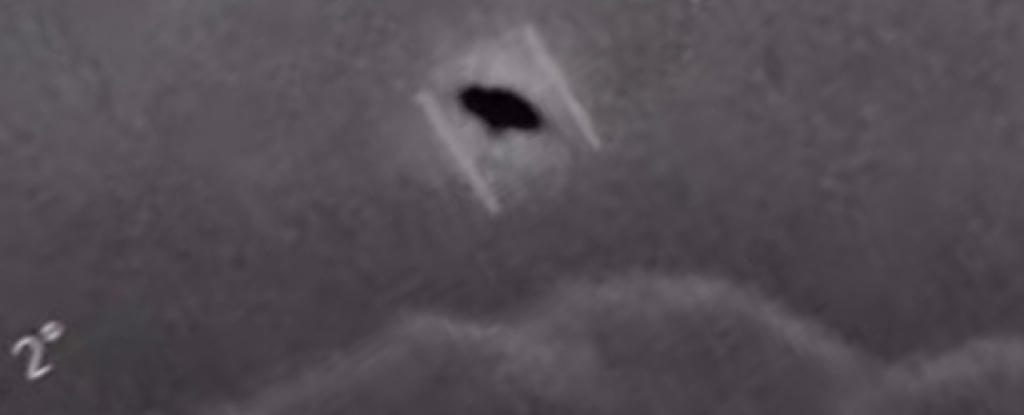
Claims the US government has secretly retrieved crashed alien spacecraft and their non-human occupants are hardly new…Now, however, journalists Leslie Kean and Ralph Blumenthal have injected fresh vigor into these aging claims – apparently with the Pentagon’s approval.
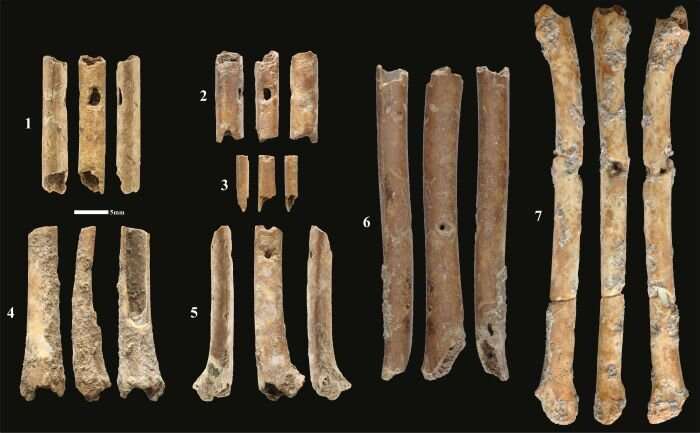
A team of researchers, including a Virginia Commonwealth University professor, has discovered rare prehistoric instruments made from the bones of birds dating back more than 12,000 years, according to findings published Friday in the journal Scientific Reports
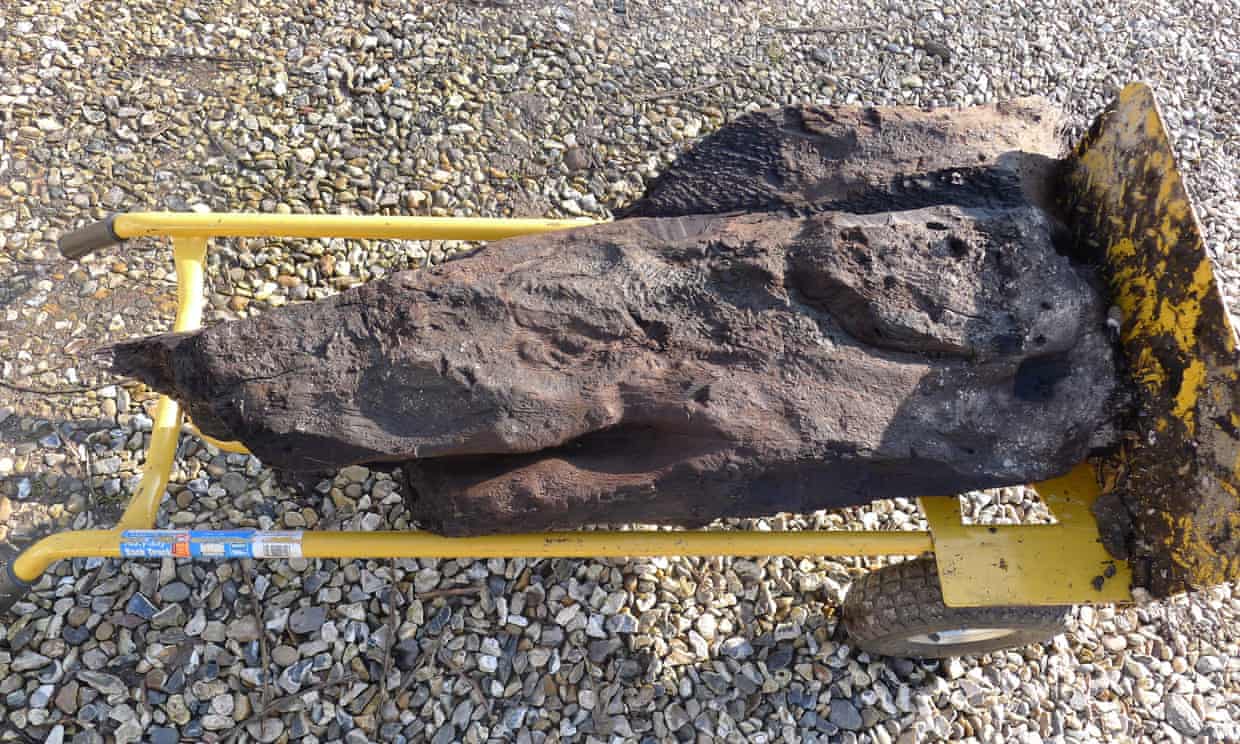
It could easily have gone on to the bonfire or into the skip. But Derek Fawcett decided to take a closer look at the blackened, waterlogged piece of wood found at the bottom of a trench dug for foundations for a new workshop.

Enigmatic, C-shaped antler carvings from France’s Stone Age have puzzled scientists for over 150 years, but now a modern experiment investigating these artifacts may have revealed their purpose: They were likely crafted to be Paleolithic finger grips for spear-throwers, a new study finds.

A new randomized trial from researchers in the United States has shown that injections of ketamine are at least as effective as electroconvulsive therapy (ECT) when treating non-psychotic forms of major depression. The study was published in NEJM.
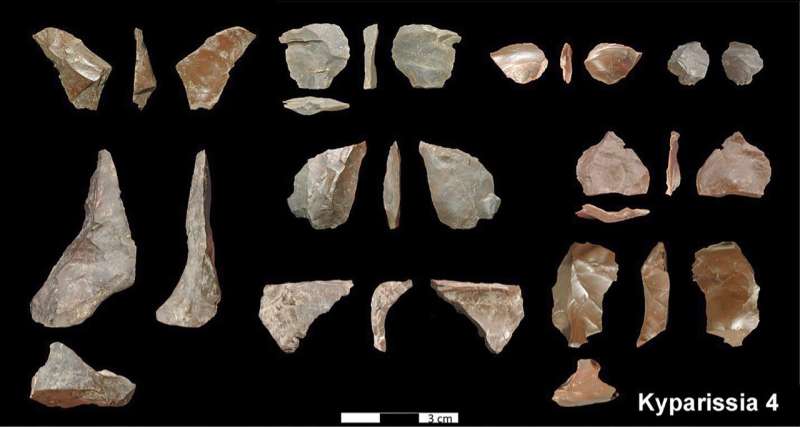
Deep in an open coal mine in southern Greece, researchers have discovered the antiquities-rich country’s oldest archaeological site, which dates to 700,000 years ago and is associated with modern humans’ hominin ancestors.

Administering a single 25mg dose of psilocybin paired with psychological support has resulted in 57% of patients sustaining remission of depression, with 64% experiencing a robust clinical response 18 months later.
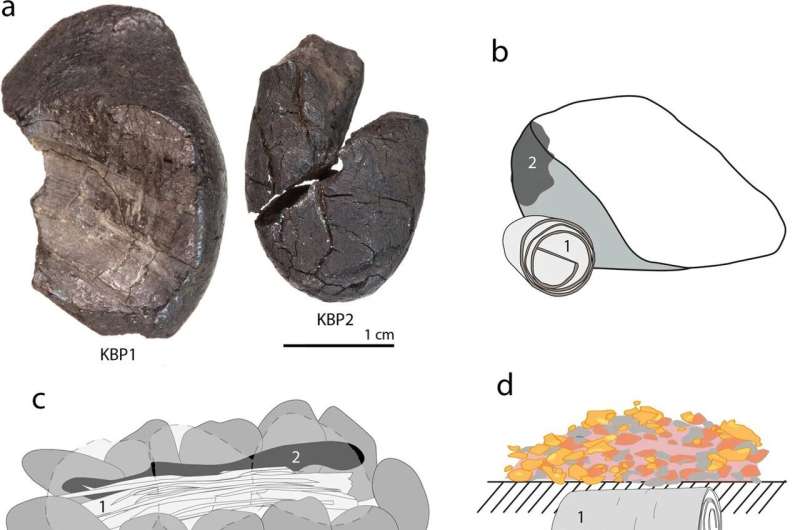
Researchers at the Eberhard Karls University of Tübingen and colleagues in Germany have taken a closer look at the birch tar used to affix Neanderthal tools and found a much more complex technique for creating the adhesive than previously considered. See the paper here.

Traces of Yersinia pestis bacteria were found in the teeth of people buried at bronze age sites in Cumbria and Somerset.

The increased use of light-emitting diodes is obscuring our view of the Milky Way as well as taking a toll on human and wildlife health.








